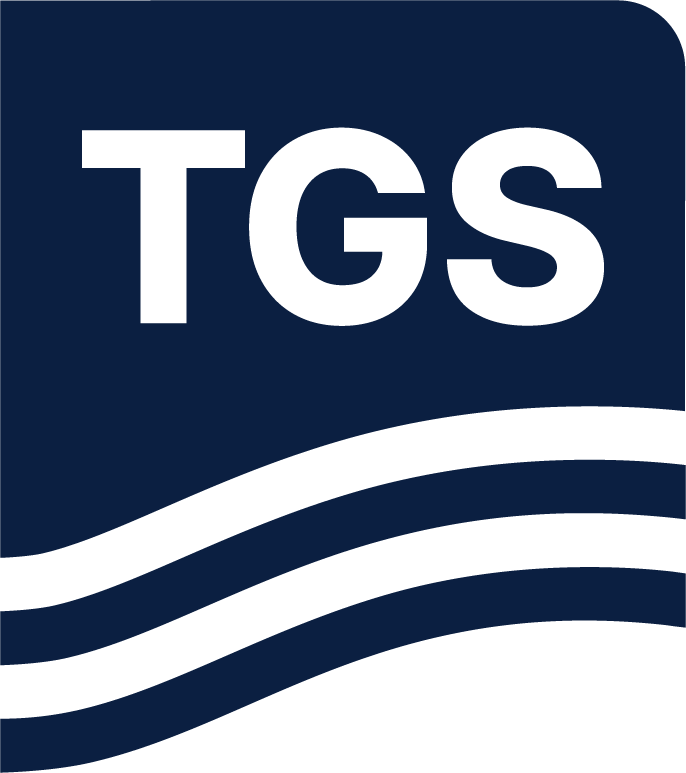First Published: GEO ExPro, December 2016
Abstract
The Porcupine Basin is a north-south trending elongate sedimentary basin located 200 km west of the Irish mainland. The basin is some 350 km long with widths varying from approximately 65 km in the north to 200 km in the south. It is bordered by the Porcupine High to the west, the Slyne Ridge to the north, the Irish mainland shelf to the east and the Goban Spur to the south. The basin has been largely underexplored, particularly in the south where only two wells have been drilled to date.
New Polarcus 3D seismic data in the South Porcupine Basin has provided new insights into the geology and exploration potential of the area, revealing detail previously unseen on available legacy data.
The South Porcupine Basin contains all the elements for a successful petroleum system.
The Porcupine Basin is related to Mesozoic extension across north-west Europe and the break-up of the Pangean supercontinent. It is believed to be a failed rift arm of the proto-North Atlantic, formed within a major wrench-rift zone extending from the Biscay Seaway to Labrador. Triassic through Early Jurassic extension resulted in an approximately north-south rift system extending from the Galicia Bank, offshore Iberia, north into the Porcupine Basin. This extension was followed by a thermal sag phase, with rejuvenated extension in the Mid-Jurassic. Pronounced extension occurred in the Late Jurassic to Early Cretaceous followed by a thermal sag phase in the Cretaceous and Tertiary.

Figure: Lower Tertiary DRS horizon with RMS amplitude extraction showing a number of channel systems distributing sediment from near shore slope areas into deeper marine fans and sheet sand-bodies.
Read the full article here.

